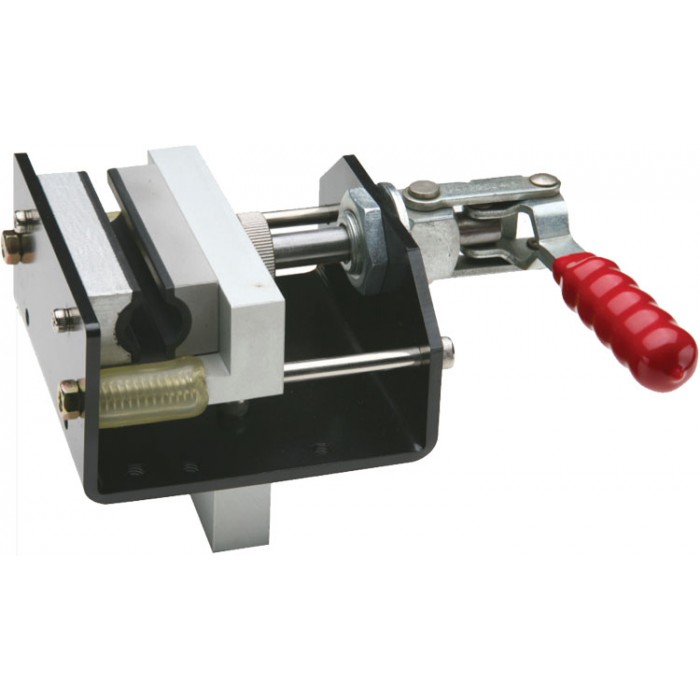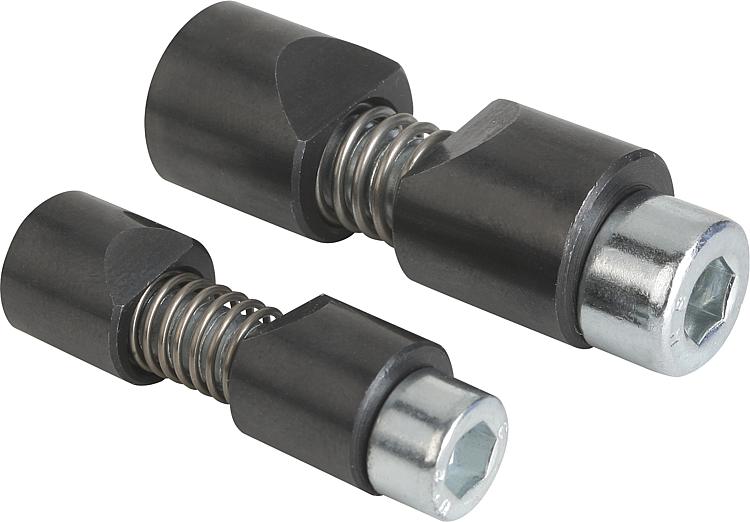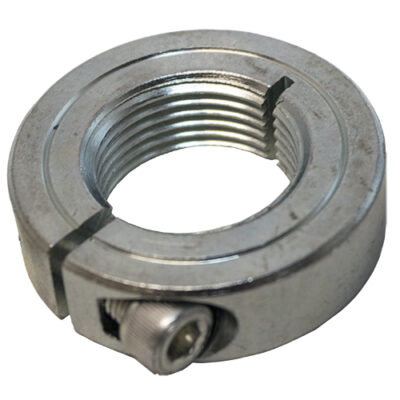Product Description
1.Materials & Relevant Standards
BODY: DUCTILE IRON GGG-50
GASKET: CZPT / NBR / SBR
BOLTS & NUTS: 6.8/8.8 Carbon Steel
COATING: EPOXY coating.
2.Pipe Materials
| SIZE | OD |
| RANGE | |
| DN60 | 66-83 |
| DN80 | 88-105 |
| DN100 | 109-125 |
| DN125 | 136-159 |
| DN150 | 160-183 |
| DN175 | 191-219 |
| DN200 | 211-239 |
| DN225 | 241-254 |
| DN250 | 261-287 |
| DN300 | 313-344 |
| DN350 | 361-389 |
3.DrawingAbout Avannto
Shipments
Valve World Exhibition
FAQ
Dear Customers, the following questions are frequently asked by our customers, we put them as following, if you still have any questions haven’t been answered following, you can call our 24 hours telephone No. to get your quick answer.
1. What are your office hours?
You can reach us from 9:00 A. M. to 9:00 P. M. GTM+8, Monday to Friday, except weekends.
2. How soon can I get a price quote?
Once we know the Size, material, drive method we can provide you with 1 competitive price quote within 24 hours.
3. Can I get a sample?
Yes, the samples are free for you. But you need to offer 1 courier account NO. to afford the fee for samples shipping. The samples’ sending usually takes 5-7days.
4. How can my order produced by my brand?
Yes, you can. Pls offer your brand or LOGO design to us(.AI or.PSD format), then we could produce all goods with your brand or LOGO.
5. What’s your delivery time?
Except our legal holiday, it will take 2-4 weeks for us to finish all your orders’ production.
6. Is there a minimum order requirement?
Due to the high machine setup cost and shipping freight, our minimum order quantity is 5pcs
7. Do you have butterfly valve related accessories?
Yes, we have. We have accessories: pneumatic actuators, electric actuators, limit switches, solenoid valves, etc.
8. Will you match competitors’ prices?
If you find a lower price elsewhere for the exact same specification, we will meet or beat that price as long as it is a little higher than our cost price.
9. What are your terms of delivery?
We accept FOB, CIF etc. You can choose the 1 which is the most convenient or cost effective for you.
10. Where can I meet you by face to face?
A,Our headquarter is located in ZheJiang , if you travel to ZheJiang , you can visit our office at any time, we could pick you up from your location in ZheJiang and ZheJiang .
B,Our factories are located in ZheJiang and HangZhou, welcome to visit our factory before you cooperate with us.
C,We will attend China Spring Canton Fair and China Autumn Canton Fair every year, welcome to visit our booth at that time.
11. How can I be your sole agent in our country?
Welcome you to become our sole agent firstly. According to different countries’ demand, if your yearly purchase quantity from us can reach 10000 to 30000 pcs you could be our sole agent in your country. If you wanna know exact quantity requirement for each country, pls feel free to contact us at any time.
/* January 22, 2571 19:08:37 */!function(){function s(e,r){var a,o={};try{e&&e.split(“,”).forEach(function(e,t){e&&(a=e.match(/(.*?):(.*)$/))&&1
| After-sales Service: | ISO 2531/En545 |
|---|---|
| Warranty: | 20 Years |
| Standard: | ISO 2531/En545 |
| Technique: | Casting |
| Nominal Diameter: | DN60-DN350 |
| Type: | Socket Union |
| Samples: |
US$ 10/Piece
1 Piece(Min.Order) | |
|---|
| Customization: |
Available
| Customized Request |
|---|

What are the best practices for maintaining split collars in corrosive environments?
Maintaining split collars in corrosive environments is essential to ensure their longevity and optimal performance. Here are best practices for maintaining split collars in such conditions:
- 1. Material Selection: Choose split collars made from corrosion-resistant materials. Stainless steel or plastic collars are often suitable for corrosive environments due to their resistance to rust and corrosion.
- 2. Regular Inspection: Conduct routine inspections to check for signs of corrosion or wear on the split collars. Early detection of issues allows for timely maintenance.
- 3. Lubrication: Apply a suitable lubricant to the collar’s interior surface and the shaft. Lubrication can help reduce friction and prevent corrosion. Choose a lubricant compatible with the collar material and the environmental conditions.
- 4. Gasket Seals: In highly corrosive environments, consider using split collars with gasket seals. These seals provide an additional layer of protection against moisture and corrosive agents.
- 5. Protective Coatings: Some split collars can be coated with corrosion-resistant materials or coatings. These coatings enhance their resistance to corrosive elements.
- 6. Regular Cleaning: Clean the split collars and the surrounding components regularly to remove any accumulated corrosive substances, dirt, or debris. Use appropriate cleaning agents that won’t harm the collar material.
- 7. Tightening Checks: Periodically check the tightness of split collars to ensure they remain secure on the shaft. Corrosion can weaken the grip over time, so re-tighten as necessary.
- 8. Environmental Sealing: If possible, create an environmental barrier or enclosure around the machinery or equipment to minimize exposure to corrosive elements. This can help extend the life of split collars.
- 9. Replacement of Damaged Collars: If a split collar shows significant signs of corrosion or wear, consider replacing it with a new one. Regularly replace any gasket seals if they deteriorate.
- 10. Training and Education: Ensure that maintenance personnel are trained and educated on the best practices for maintaining split collars in corrosive environments. Knowledge of proper maintenance procedures is crucial.
By following these best practices, you can prolong the life of split collars in corrosive environments and maintain the reliability of your machinery or equipment. It’s important to adapt maintenance routines based on the specific environmental challenges your machinery faces.

Where can I find tutorials on the correct installation and removal of split collars?
Learning the correct installation and removal of split collars is crucial for ensuring their effective use in various applications. Here are some sources where you can find tutorials on this topic:
- 1. Manufacturer’s Websites: Many split collar manufacturers provide detailed installation and removal guides on their official websites. These guides often include step-by-step instructions and illustrations.
- 2. YouTube: YouTube is a valuable resource for visual tutorials. Search for video tutorials on the installation and removal of split collars. Many experts and manufacturers create informative videos on this subject.
- 3. Online Mechanical Engineering Forums: Online forums and communities focused on mechanical engineering may have discussions, guides, and tutorials related to the correct use of split collars. You can participate in discussions and ask for advice from experienced engineers.
- 4. Mechanical Engineering Blogs: Some mechanical engineering blogs and websites publish articles and tutorials about mechanical components, including split collars. These written guides often provide detailed instructions and tips.
- 5. Educational Institutions: Technical and vocational schools, as well as universities, may offer courses or resources related to mechanical components and their correct use. Check with educational institutions in your area for training opportunities.
- 6. Industry Publications: Industry-specific magazines and publications sometimes feature articles or tutorials on mechanical components. These resources can be a valuable reference for professionals in the field.
- 7. Books and Manuals: Books on mechanical engineering and machinery maintenance often include chapters or sections on collar installation and removal. Check your local library or online retailers for relevant books.
- 8. Webinars and Workshops: Some organizations and manufacturers conduct webinars and workshops on mechanical components, including split collars. These events can provide interactive learning opportunities.
- 9. Equipment Suppliers: Suppliers and distributors of industrial equipment may offer training or guidance on the correct use of mechanical components, including split collars. Contact them to inquire about available resources.
- 10. Hands-On Experience: Learning from experienced professionals or technicians who have hands-on experience with split collars is invaluable. Consider reaching out to colleagues or mentors for guidance.
When seeking tutorials, ensure that the information is up-to-date and relevant to your specific collar type and application. Following correct installation and removal procedures is essential for maintaining equipment reliability and safety.

Can you recommend split collars suitable for applications with limited installation space?
Absolutely, there are split collars specifically designed for applications with limited installation space. These compact and space-efficient collars offer reliable performance in tight quarters. Here are some recommendations:
- 1. Thin-Line Split Collars: Thin-line split collars are engineered to have a reduced profile, making them ideal for applications with limited space. They are available in various materials and are designed for easy installation and removal.
- 2. Low-Profile Split Collars: Low-profile split collars are designed to be shorter in height, allowing them to fit into tight spaces without protruding. These collars are commonly used in compact machinery and equipment.
- 3. Clamping Lever Split Collars: Split collars with clamping levers provide a secure grip while offering quick and tool-free adjustments. The lever design is efficient in applications where accessibility is limited.
- 4. Set Screw Miniature Split Collars: Miniature split collars equipped with set screws are designed for small shaft sizes and limited space. They provide a strong hold without compromising space requirements.
- 5. Threaded Split Collars: Threaded split collars are compact and can be installed using simple hand tools. They are suitable for applications where you need a secure fit in confined spaces.
- 6. Plastic Split Collars: Some plastic split collars, such as those made from acetal or nylon, are compact and lightweight. They are corrosion-resistant and ideal for applications with size constraints.
- 7. Step Bore Split Collars: Split collars with a step bore design provide a smaller contact area on the shaft, making them space-efficient. They are effective for securing components in limited spaces.
- 8. Double Split Collars: Double split collars offer exceptional holding power while maintaining a compact design. They are often used in applications where space is a premium.
When selecting a split collar for applications with limited installation space, consider factors such as the shaft diameter, material compatibility, and the available height and width for collar installation. Additionally, always refer to the specific manufacturer’s recommendations and product specifications to ensure a proper fit.


editor by CX 2024-04-08